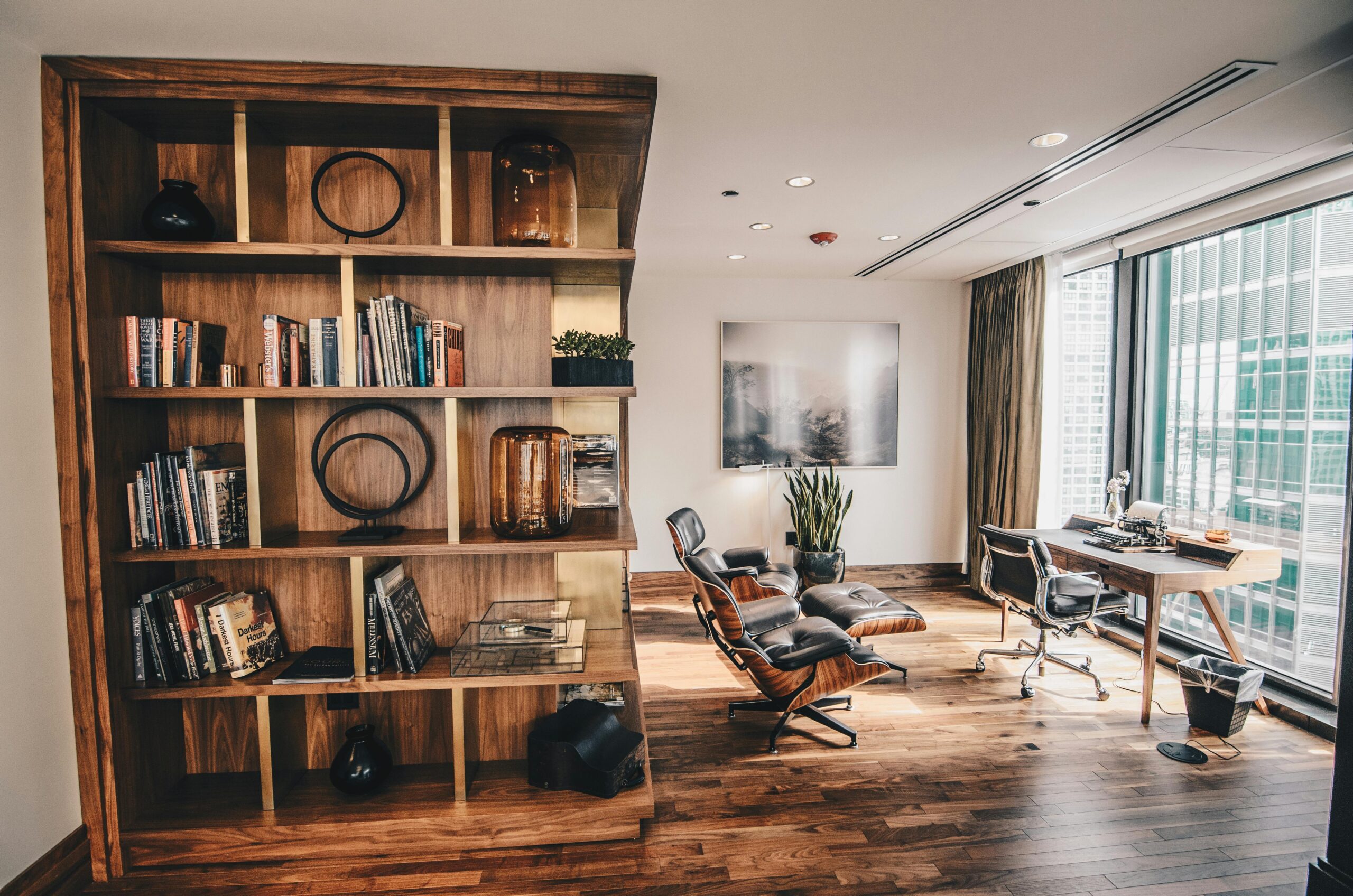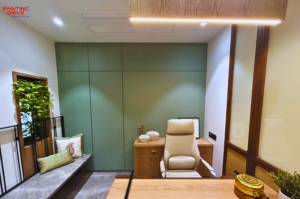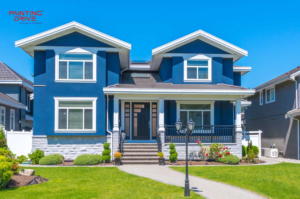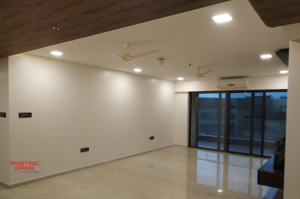When it comes to interior design, ceilings often don’t get the attention they deserve. While walls, flooring, and furniture typically take center stage, the ceiling can significantly influence the overall ambiance of a room. One of the most important aspects of ceiling design is texture. Various ceiling textures can add depth, dimension, and personality to a space. But among the myriad of options, which ceiling texture stands out as the most popular? Let’s delve into the world of ceiling textures to discover the answer.
View this post on Instagram
Understanding Ceiling Textures
Ceiling textures are applied to create visual interest and hide imperfections. They come in numerous styles, each offering a unique aesthetic and functional benefit. Before we identify the most popular texture, it’s essential to understand the common types of ceiling textures available:

- Smooth Ceilings: Sleek and modern, smooth ceilings are achieved by meticulously sanding and painting the surface. They provide a clean, minimalist look but can highlight any imperfections in the ceiling.
- Popcorn Ceilings: Also known as acoustic ceilings, these have a bumpy surface created by spraying on a mixture of paint and polystyrene or vermiculite. They were popular in the mid-20th century for their sound-dampening qualities and ability to hide flaws.
- Knockdown Ceilings: This texture is created by spraying a joint compound onto the ceiling and then “knocking down” the peaks with a trowel. The result is a mottled look that adds subtle texture without being as pronounced as popcorn.
- Orange Peel Ceilings: As the name suggests, this texture resembles the skin of an orange. It is applied by spraying a mixture onto the ceiling and is less dramatic than popcorn, offering a more delicate, dimpled surface.
- Skip Trowel Ceilings: This artistic texture is created by applying joint compound with a trowel in a random, skipping motion. The result is a rustic, Mediterranean look that adds character to any room.
- Swirl Ceilings: This decorative texture is achieved by making swirls in wet plaster or joint compound with a brush or trowel. It adds a unique, patterned design that can be both subtle and striking.
The Reign of Knockdown Ceilings
Among these varied textures, the knockdown ceiling texture stands out as the most popular choice in contemporary homes. Here’s why:
1. Aesthetic Appeal
Knockdown ceilings strike a balance between subtlety and interest. They add a touch of texture without overwhelming the space, making them versatile for various interior design styles. Whether in a modern, traditional, or transitional home, knockdown ceilings provide a sophisticated, finished look that appeals to many homeowners.
2. Hide Imperfections
One of the significant advantages of knockdown ceilings is their ability to conceal flaws. Unlike smooth ceilings, which can highlight every dent and seam, the knockdown texture effectively camouflages minor imperfections and inconsistencies, offering a more forgiving surface.

3. Easy Application and Maintenance
Creating a knockdown ceiling is relatively straightforward and less labor-intensive compared to other textured finishes like swirl or skip trowel. Maintenance is also more manageable; while smooth ceilings might require frequent touch-ups to keep them looking pristine, knockdown ceilings are more resilient to showing dirt, dust, and wear.
4. Acoustic Benefits
Though not as sound-dampening as popcorn ceilings, knockdown textures still help reduce noise to some extent. The uneven surface can diffuse sound waves, making for a quieter, more acoustically pleasant environment.
5. Versatility
Knockdown textures are highly adaptable. They can be applied lightly for a delicate effect or more heavily for a pronounced look. This versatility allows homeowners and designers to tailor the texture to suit the specific needs and aesthetics of the space.
How to Achieve a Knockdown Ceiling
If you’re considering a knockdown texture for your ceiling, here’s a brief overview of the process:
- Preparation: Start by protecting the room with drop cloths and masking tape. Ensure the ceiling is clean and any significant holes or cracks are patched.
- Spray Texture: Using a texture sprayer, apply a layer of joint compound mixed with water to the ceiling. The consistency should be similar to pancake batter.
- Knockdown: Allow the texture to set for about 15-20 minutes, until it’s partially dry. Then, using a knockdown knife or trowel, gently drag across the peaks to flatten them, creating the knockdown effect.
- Dry and Paint: Let the ceiling dry completely, usually for 24 hours. Once dry, you can paint the ceiling with your desired color.
Know more: Benefits Of Lime Paint Texture For Your Interiors
Conclusion
In the world of interior design, where every detail matters, ceiling texture plays a crucial role in shaping the ambiance of a room. Among the various textures available, the knockdown ceiling texture has emerged as the most popular choice due to its aesthetic appeal, ability to hide imperfections, ease of application and maintenance, acoustic benefits, and versatility.
Whether you’re renovating your home or designing a new one, considering a knockdown ceiling can add that extra touch of elegance and practicality. Its balanced blend of subtlety and interest makes it a timeless option that can enhance any room’s overall look and feel. So, the next time you’re contemplating ceiling textures, remember the knockdown—it’s a choice that combines beauty and function, making it the reigning favorite in modern interior design.




